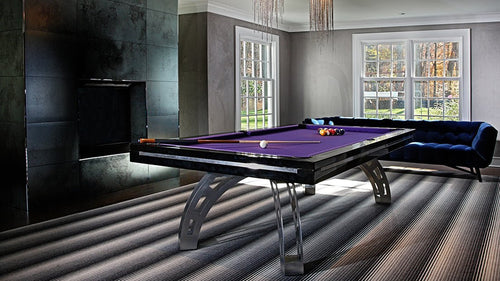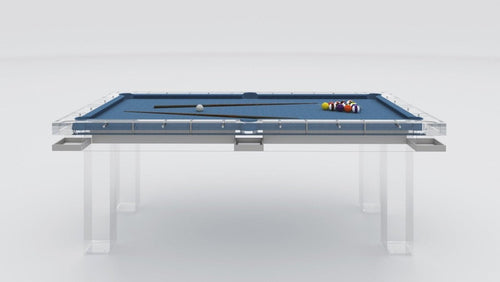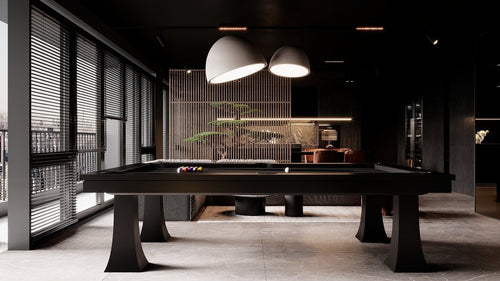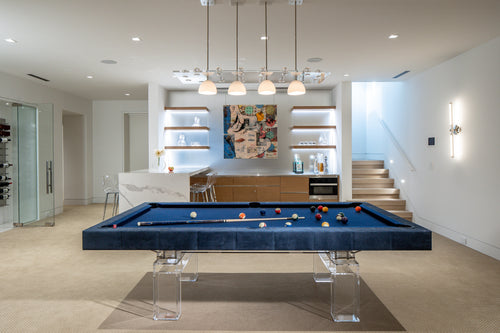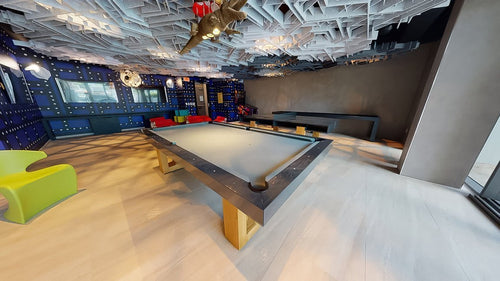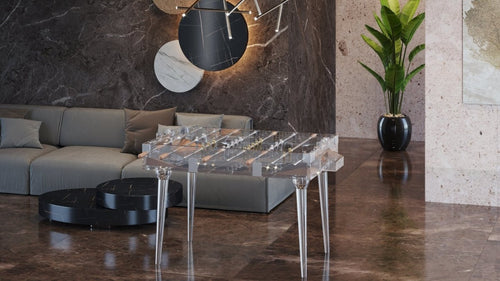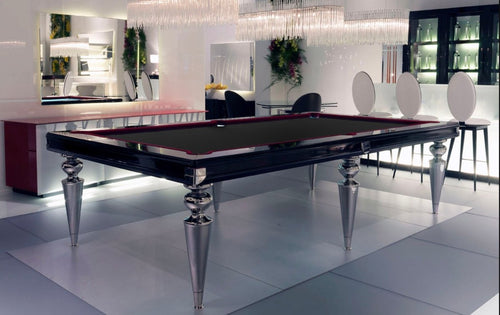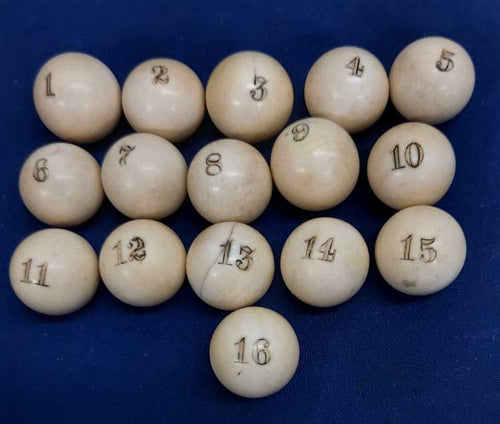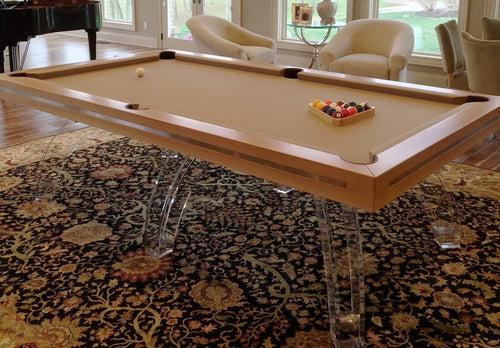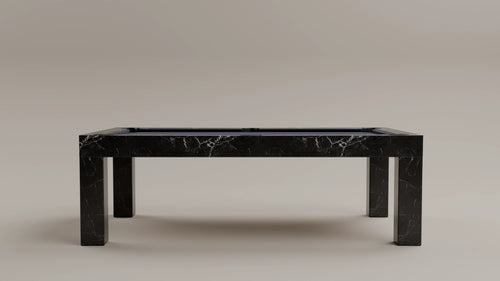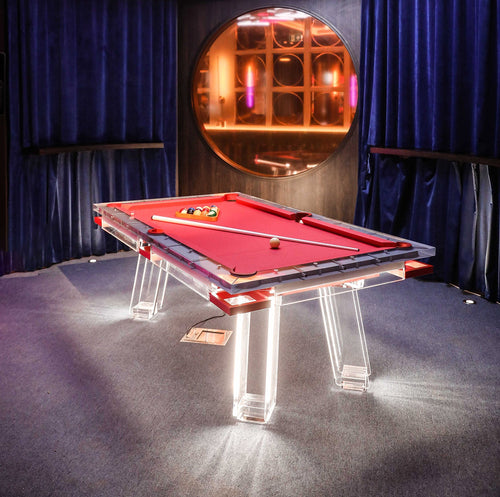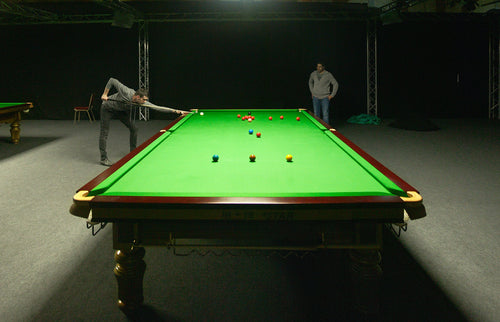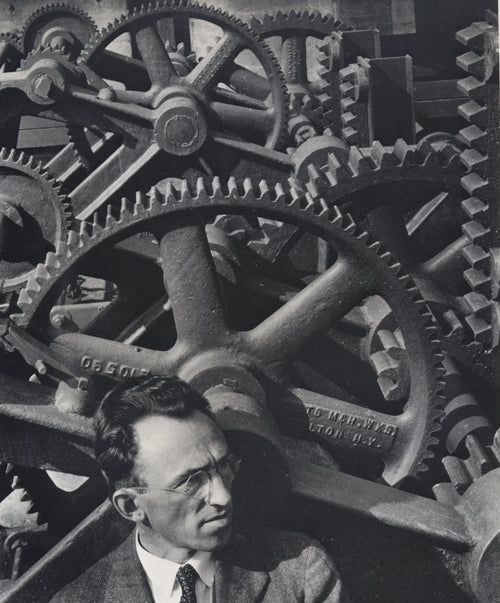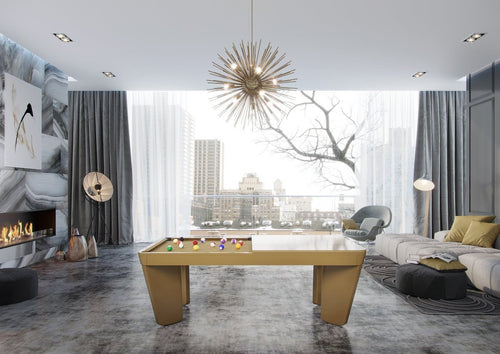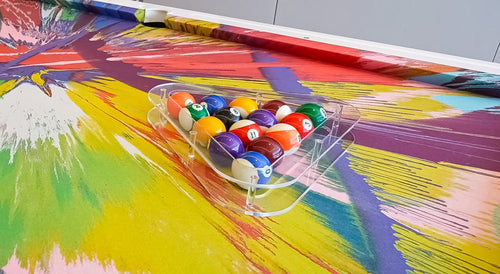Enjoy our modern designs
Estimated Read Time: 5 mins |
How the humble bungalow came to define American domestic architecture—blending Arts and Crafts ideals with comfort, affordability, and timeless style.
Within the broader framework of the Arts and Crafts Movement in the United States, the Bungalow Style emerged as a defining expression of simplicity, utility, and modest living. Originating as part of the Craftsman Movement, the bungalow became a widely popular architectural form, particularly in California, offering a stylistic alternative to the ornate excesses of Victorian design.
From Arts and Crafts to American Bungalow
The Craftsman Movement in the U.S. was closely tied to the British Arts and Crafts Movement, which pushed back against the artificiality and ornamentation of Victorian design. While Victorian tastes remained dominant in post-Civil War America, the Craftsman movement introduced a new architectural vocabulary grounded in honest materials, hand craftsmanship, and functionality.
It was within this environment that the bungalow style took shape.
Key Features of the Bungalow
- Wide front porches for outdoor living
- Overhanging eaves with exposed rafters
- Low-pitched roofs
- Shingle or stucco walls
- Minimal ornamental detailing, emphasizing form over decoration
This design approach was ideal for the growing American middle class—functional, affordable, and rooted in values of simplicity and modesty.
Popularization and Regional Influence
Although the bungalow gained national attention, its strongest association is with California, where the style flourished in response to climate and lifestyle preferences. In the eastern U.S., the style was encouraged and disseminated by proponents of the Craftsman aesthetic, including influential magazines like The Craftsman, which featured floor plans and decorating advice to bring the style to a broader public.
Key Figures and Design Legacy
- Will Bradley championed the bungalow in magazines, producing house and furniture designs that made Craftsman ideals accessible to mainstream audiences.
- In California, architects Charles Sumner Greene and Henry Mather Greene refined the bungalow into a high art form, combining Japanese influences, Stick style, and Arts and Crafts sensibilities. Their work on homes like the Gamble House (1908) remains iconic.
- Bernard R. Maybeck, another California-based architect, explored a related vocabulary known as Western Stick style, which shared key elements with the bungalow while emphasizing original wood craftsmanship.
Mass Appeal and Decline
As the bungalow style spread, it became a staple of modest suburban development. At its best, it offered a thoughtful, human-scaled alternative to Victorian grandeur. However, as demand grew, some developers co-opted the style, producing cheap imitations that lacked the craftsmanship and principles of the original movement. These “cookie-cutter” bungalows diluted the style’s impact, reducing it to a formula rather than a design philosophy.
Conclusion
The American bungalow, born from the Craftsman movement, reflects a pivotal shift in American domestic architecture. It combined affordability with aesthetic integrity, offering a functional and beautiful alternative to Victorian excess. While its later mass production led to some dilution, the bungalow remains an enduring symbol of early 20th-century ideals—simplicity, craftsmanship, and the dream of owning a meaningful, well-designed home.



